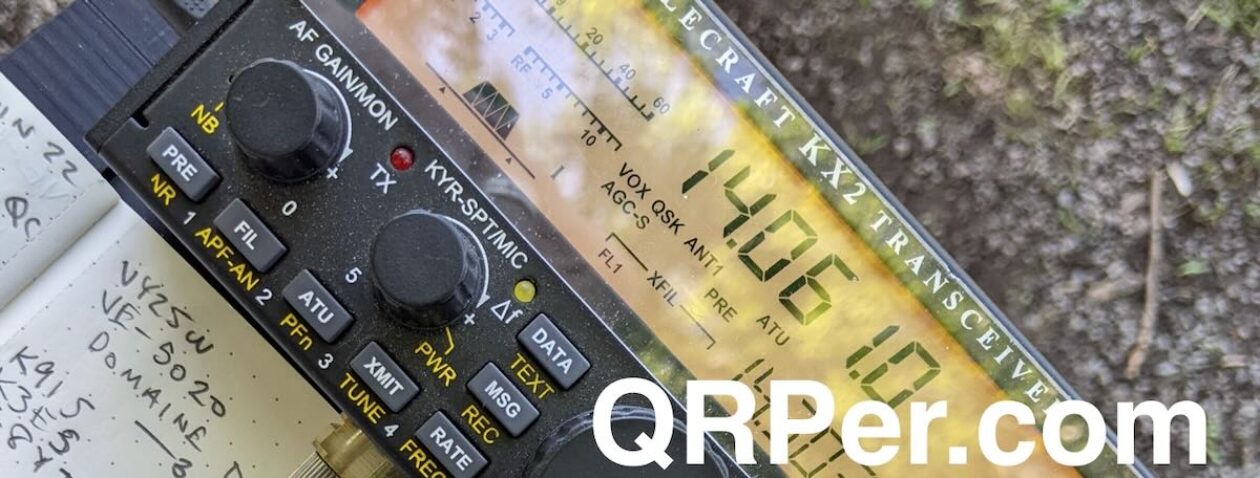 One of our favorite national parks in the Côte-de-Beaupré region of Québec, Canada is Cap Tourenemente National Wildlife Area.
One of our favorite national parks in the Côte-de-Beaupré region of Québec, Canada is Cap Tourenemente National Wildlife Area.
When my family spends the summer in Québec we typically visit it several times, especially since it’s never far from where we stay.
Thing is, each entry into Cap Touremente costs about $20 or so (unless we purchase an annual pass), but it’s worth it for the hikes, and the scenery. We also like supporting parks with our entry fee.
For a POTA activation–? I don’t need access to the main park, especially if the family isn’t with me. I did a little research and found a spot within the NWA on the “free” side of the park gates.
The spot is a basically a wildlife viewing area with a small grass road that is flanked by marsh land near the town of Saint-Joachim.
Marsh Land = Mozzies
 Before heading to Cap Touremente on Monday, June 27, 2022, I sprayed a “healthy” dose of insect repellent on my clothing. Having been to this spot several times in the past, I knew what awaited me: mosquitos. Lots of them.
Before heading to Cap Touremente on Monday, June 27, 2022, I sprayed a “healthy” dose of insect repellent on my clothing. Having been to this spot several times in the past, I knew what awaited me: mosquitos. Lots of them.
We have mosquitos back home in the mountains of North Carolina, of course, but not in the quantities you find in marshy areas along the north shore of the St-Lawrence.
That Monday, though, it was very gusty. In the morning we had heavy rains, then a front pushed that through in the early afternoon opening up clear skies and very gusty winds. Mosquitos don’t do well in the wind, so my hope was the wind would offer an extra layer of protection.
Spoiler alert: The winds did help to some degree, but Canadian mosquitoes are heartier than our Carolina varieties.
Cap Tourmente National Wildlife Area (VE-0012)
 I had been on the air earlier in the day and conditions were truly in the dumps–at least, at my latitude. I knew it wouldn’t be a quick activation, so I allowed myself extra time to complete the activation.
I had been on the air earlier in the day and conditions were truly in the dumps–at least, at my latitude. I knew it wouldn’t be a quick activation, so I allowed myself extra time to complete the activation.
On the 10 minute drive to the site, I decided to pair the Elecraft KX2 with the TufetIn 9:1 random wire antenna that I configured with a 31′ radiator and a 17′ counterpoise. I found this combo very effective in the past and I love the frequency agility of random wire antennas especially when the bands are rough and it becomes a game of band hopping to see what portions might be open. Continue reading Fighting mozzies and logging POTA hunters at Cap Touremente
































